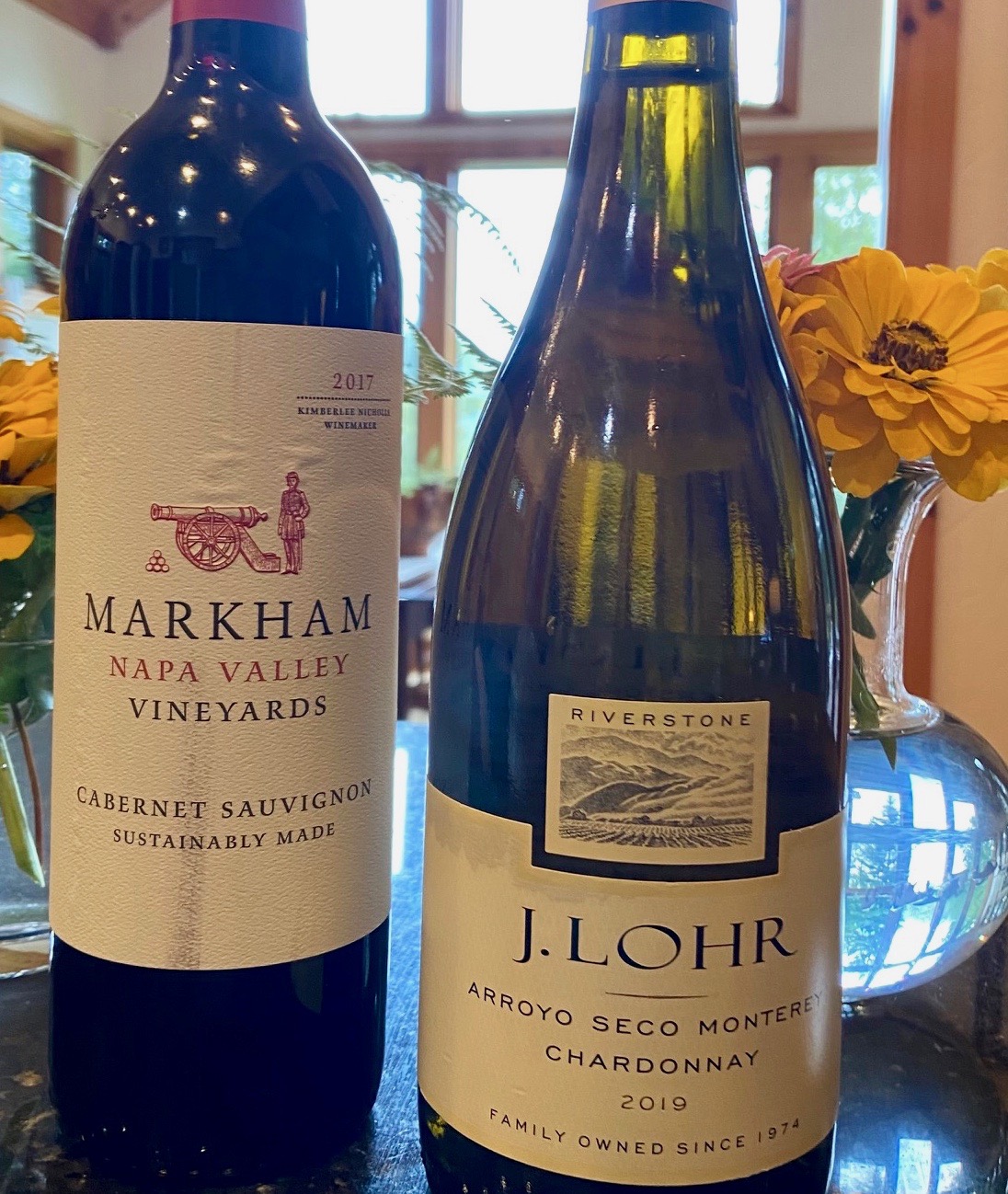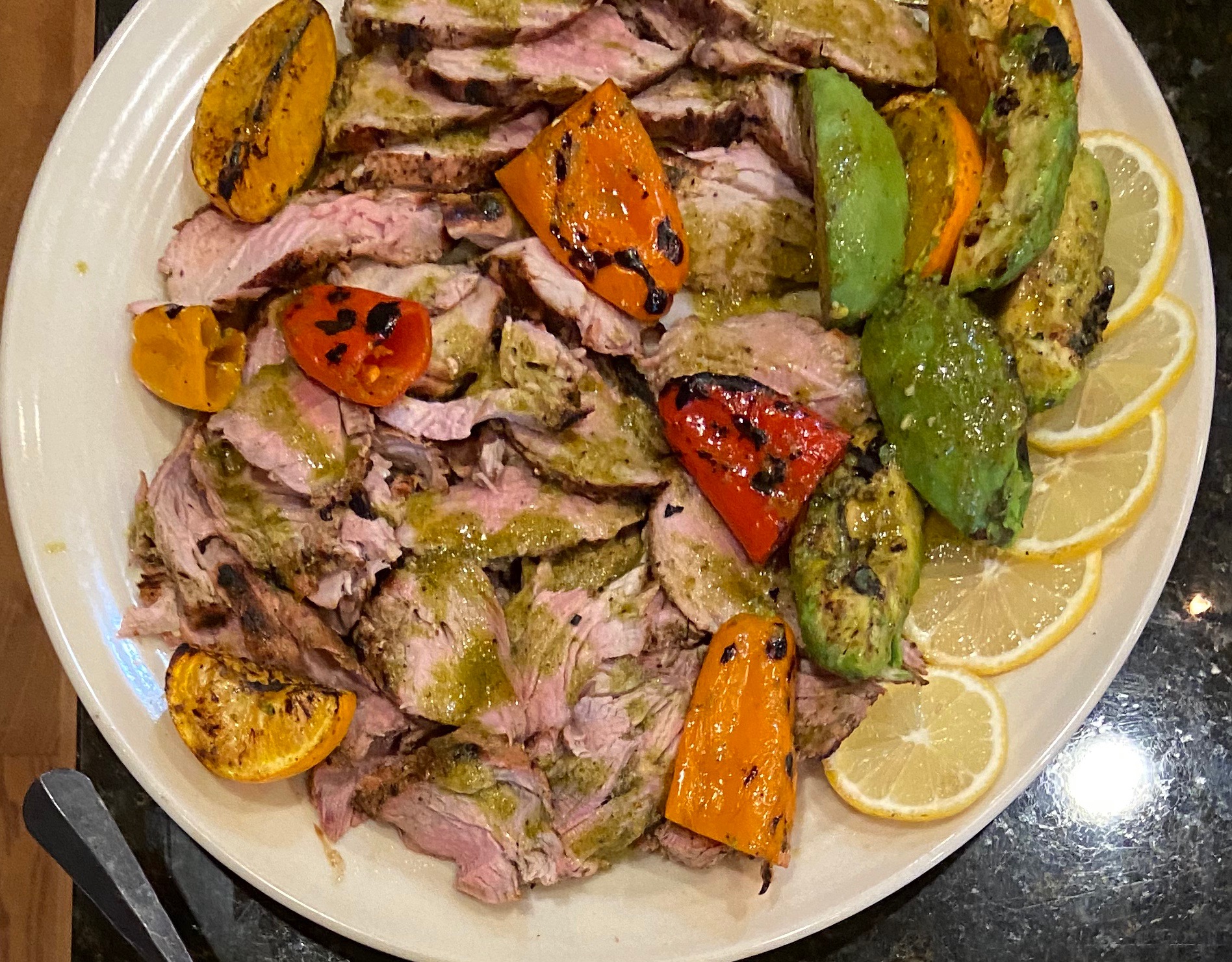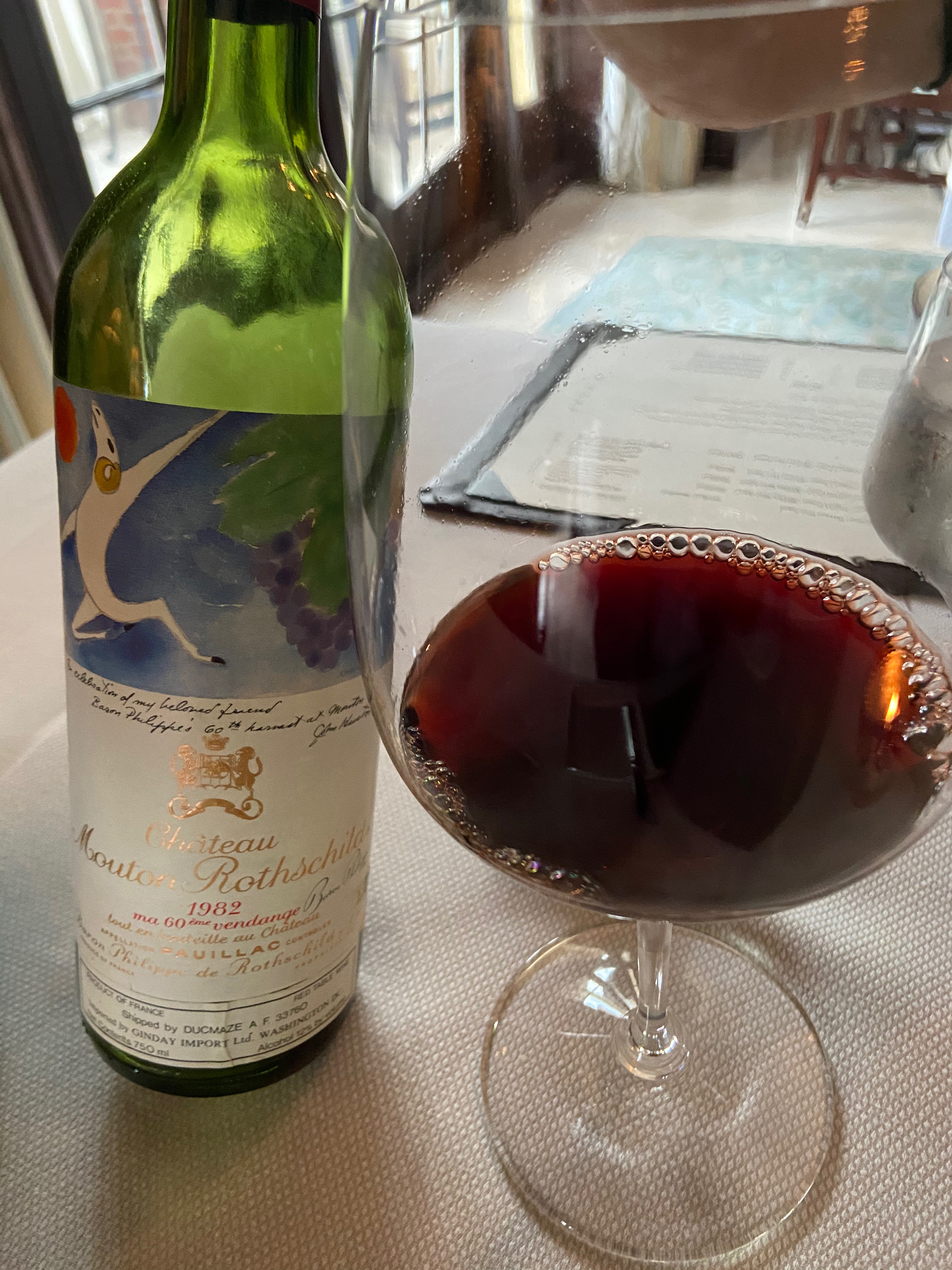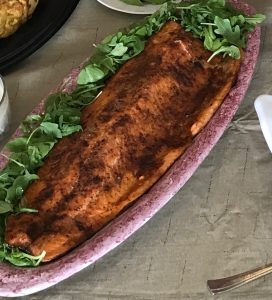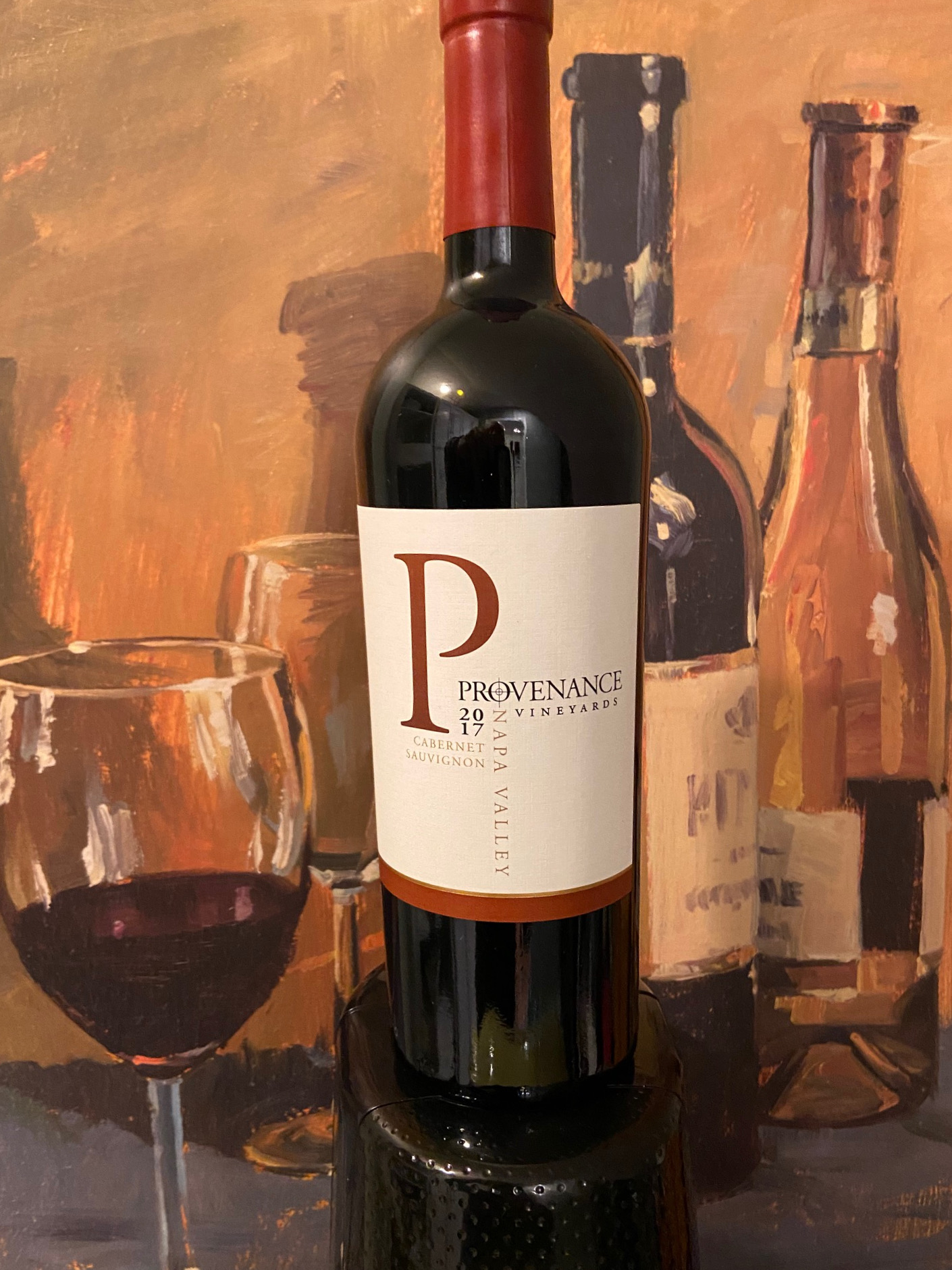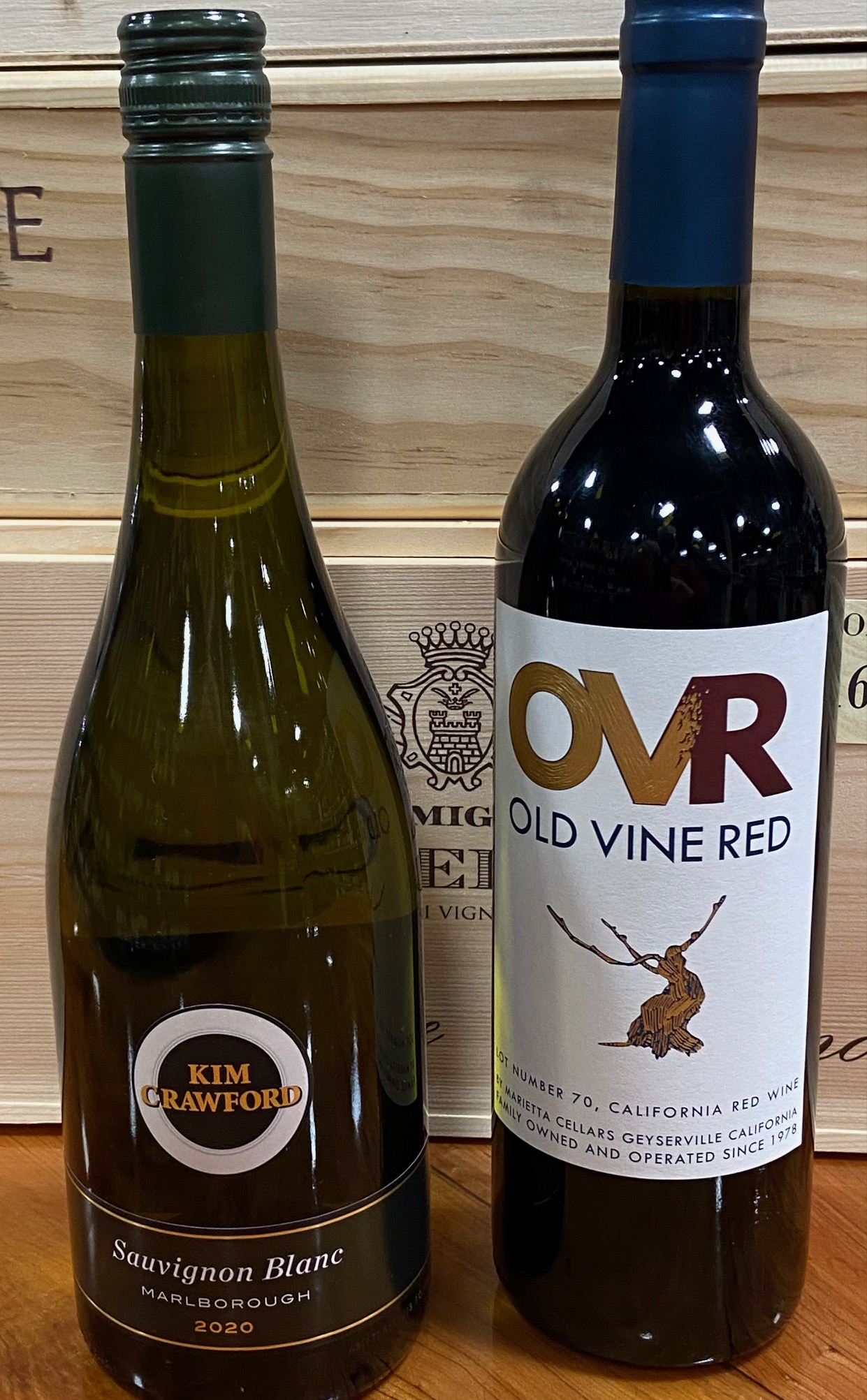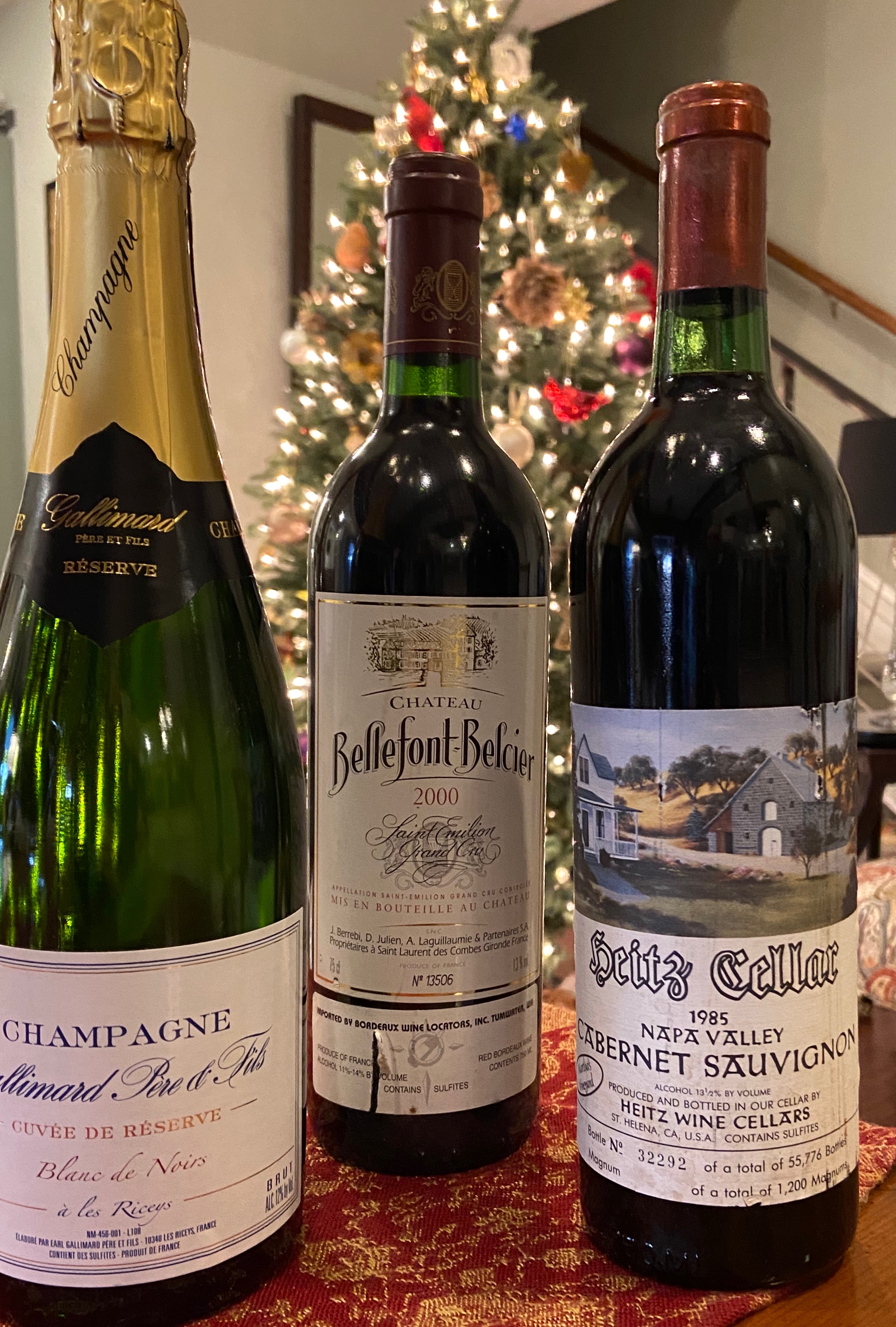Wine, Food and Music
September 21, 2021 by John BrownWhere, when and how you enjoy your regular glass of wine is, of course, a personal choice. Most of us sip the fruit of the vine with dinner, as an aperitif before the meal or even as a cocktail at our favorite watering hole. And while most of you are probably not as wine-obsessed as I am, I suspect you may get bored with the same old wine routine. There’s no question that the adage “too much of a good thing” can certainly apply to even the moderate consumption of wine. So, the challenge is to keep things interesting.
One of the most common complaints I hear from folks is they are tired of sipping the same types of wine day in and day out. Whether it’s cabernet sauvignon with beef, chardonnay with seafood or some other “safe” wine choice, it can certainly be boring to consistently drink the same thing. That’s why I focus on providing information on the variety of wines that are available to you from different vineyards all over the world. But even if you are a consummate wineaux (like me) who has experienced bottles from the greatest wine regions, it’s still exciting to find new ways to enjoy the elixir we all love.
Well, as a decades-old codger who has probably had more wine caress his palate than anyone not named Robert Mondavi, Earnest Gallo or W.C. Fields, I have found a new way to enhance the appreciation of wine – to keep it fresh and make it even more enjoyable. Of course, we all know how important food is to wine and vice-versa. That’s why I always provide you with a complimentary food choice whenever I recommend a particular wine.
But there’s another sensory element that elevates the wine and food experience to a whole other level: music. Whether it’s Vivaldi, Tony Bennett or Hank Williams Jr., I love to pair up my wine and food with a complimentary selection of tunes. I’m sure many of you add music to special dinner occasions at home like birthdays, anniversaries or date nights with your significant other, but probably only on an episodic basis. I’m suggesting you increase the inclusion of music on a regular basis to see if that pleasant auditory element enhances the overall wine and food experience.
Whether we’re eating in or cooking out, there’s always a musical play set with which to match our meals. It doesn’t need to be a special occasion or a five-course dining extravaganza either. And there are a number of ways to select your play list: CD’s, records, the radio or from music streaming services like Spotify, or Pandora. The fun is finding a musical theme that seems to match your evening meal, picnic or brunch. Here are three examples of how you might wish to combine wine, food and music (taken from the Brown family dining archives).
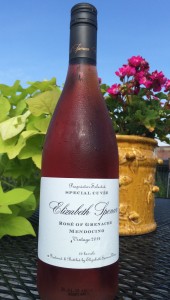
The midweek evening dinner
Food: Oven Roasted whole chicken, green beans with onions and bacon and scalloped potatoes.
Wine: 2019 Bisci Verdicchio di Matelica ($23) -Lovely white from the Marche region of Italy. Crisp and fresh with flavors of ripe green apples. This wine is an excellent choice with chicken.
Music: The Yellow Jackets, Diana Krall, Frank Sinatra, The Bob Thompson Unit, Miles Davis
Picnic on the deck
Food: Hamburgers, hot dogs, red and yellow bell peppers, and onions all grilled; macaroni salad and baked beans
Wine: 2019 Elizabeth Spenser Rose’ of Grenache ($22) – From Mendocino County CA, this pink wine is full of fresh raspberry and strawberry flavors and has the body to stand up to grilled foods such as the menu above.
Music: John Prine, Susan Tedeschi, Emmy Lou Harris, Lake Street Dive, Alison Krauss, Steve Earle, Kathy Mattea
Sunday Supper
Food: Fettucine with porcini mushrooms and Italian sausage in a marinara sauce; green garden salad with tomatoes and onions in a viniagrette dressing
Wine: 2017 Allegrini Palazzo Della Torre ($23) – From the Veneto region in northern Italy, this rich red is spicy and has flavors of blackberries and cola with nuances of vanilla from moderate oak aging. Pairs perfectly with spicy marinara.
Music: The Three Tenors, Andrea Bocelli, Dean Martin, Louis Prima (for kicks and giggles)
So, if you’re looking for a way to rekindle your passion for wine, you might try and add a little music to the experience.
John Brown is also a novelist. His latest book is “Augie’s World” which is a sequel to his debut novel, Augie’s War. You can find out more about his novels at wordsbyjohnbrown.com


